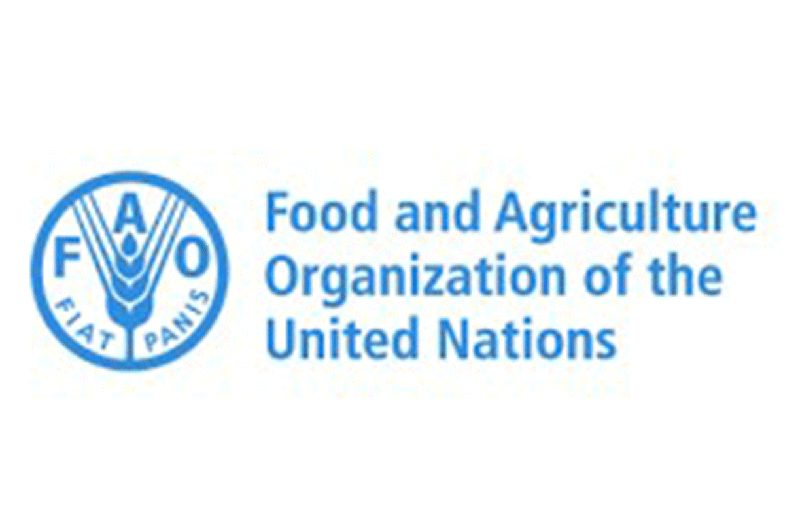–FAO Chief Economist says
EACH year, the State of Food Security and Nutrition in the World report provides an update on the global progress or setbacks in achieving the 2030 goal of Zero Hunger. The 2024 report indicates that between 713 and 757 million people experienced hunger in 2023. It also reveals that 28.9% of the global population, or approximately 2.33 billion people, face moderate or severe food insecurity, a figure that has remained virtually unchanged over the past three years.
Despite some improvements since the peak of the COVID-19 period, significant regional disparities persist. Africa remains the hardest hit with 20.4 percent of the population affected by hunger, while Latin America, particularly South America, has shown the most improvement (6.2 percent of the population), according to the Food and Agriculture Organization of the United Nations’ Chief Economist, Máximo Torero.
In an interview with FAO Newsroom, Torero examined the reasons behind regional differences and elaborated on the rigorous methodologies used to gather and analyse the data presented in the report. He also emphasised the importance of the new G20 alliance against hunger and poverty and discussed the current trajectory towards achieving food security for all, today and tomorrow.
WHAT FACTORS CONTRIBUTE TO AFRICA BEING THE REGION MOST SEVERELY AFFECTED BY HUNGER?
It’s crucial to examine the details of what’s happening. Comparing Africa with South America, a key difference we observe is that South America invests a significant amount of its resources in social protection programmes. These well-developed programmes enable targeted interventions that effectively and quickly alleviate hunger due to their efficiency.
In Africa’s case, we have not observed the necessary capacity to deliver effective, targeted social protection programmes. Additionally, it’s a region disproportionately affected by conflicts, climate change, and economic slowdowns. It currently has the highest number of countries facing a food crisis due to these three key drivers, with conflict being the primary factor.
Furthermore, it’s a region currently facing significant financial challenges, particularly in terms of access to financing. Many countries in the region are experiencing debt distress, limiting their resources and hindering the implementation of policies needed to accelerate hunger reduction efforts.
SO, IN LATIN AMERICA’S CASE, IS INVESTING IN SOCIAL PROTECTION PROGRAMS A LESSON THE REST OF THE WORLD SHOULD LEARN?
Absolutely, it is one of the lessons we need to learn from Latin America, particularly South America. Brazil, Colombia, Peru and Chile have robust social protection systems in place. These systems allow them to react swiftly to changes and efficiently target their available financial resources, especially crucial given the current financial constraints everyone is facing.
By being effective in their approach, these countries can target the most vulnerable populations. Additionally, the region has been recovering quickly from the COVID-19 pandemic compared to other parts of the world. This recovery is a significant factor behind the positive changes we see there. We’re talking about over 5 million people being lifted out of hunger in the last three years.
This is a substantial improvement, bringing the region back to pre-COVID levels, which is precisely what we are striving for.
COULD CLIMATE CHANGE REVERT SOME OF THESE POSITIVE TRENDS IN THE REGION?
We have already surpassed six of the nine planetary boundaries. What does this mean? It means that the frequency of extreme weather events will increase. And while Latin America has improved considerably, it still has much room for further progress. Although the region has strong institutions and social programmes like conditional cash transfers, it’s crucial that they continue to improve and not rest on their laurels.
Why? Because we need a conditional cash transfer plan where the targeting evolves according to where the shocks occur. It is not about simply giving money to the same people as before, but rather directing it to the most vulnerable, depending on the type of shock we are facing. FAO is working hard to find better ways to identify in advance where and what kind of shocks will affect the different countries.
There is much room for further improvement and also for gaining efficiency. We have learned a lot from past experiences, but the region must continue to learn. We are living in a world where vulnerabilities have increased. It is a world of risks, uncertainty, and climate change. Not only will it affect us with droughts, floods, and climate variability that make decision-making more difficult, but also with diseases and pests that will evolve.
We are seeing what is happening in the world today, but we must also consider the migration of species and the migration of humans. We need to work on that. Now, it is important to point out that within Latin America and the Caribbean, the region that is doing better is South America. Central America has a long way to go to achieve significant improvements, and the Caribbean also has a lot to do to become more resilient, as they are the areas that will be most affected by climate change and are also the most dependent on food imports.
In short, the region is heterogeneous, and we must work to level it out and accelerate the necessary process to be prepared for a world that will change in terms of the frequency of events and climate shocks. (FAO)



.jpg)








